How good are the chips that the medical community is scrambling to use?
There is a medical device called PCR instrument in the hospital's laboratory, which can detect viruses, determine genetic diseases, and even be used for paternity testing. These important functions are inseparable from the small semiconductor refrigerator in its body.
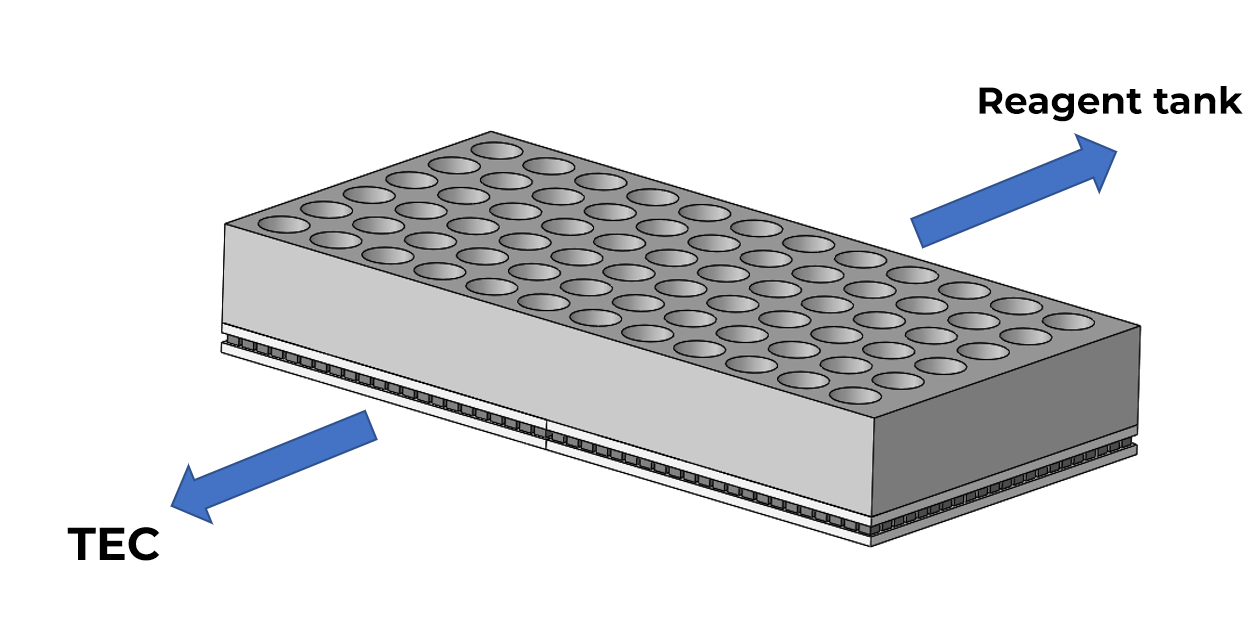
1. Working principle of semiconductor refrigerator
The working principle of a semiconductor refrigerator is not complicated. Imagine that its interior is like a small factory with two rows of "workers" standing side by side - one row is P-type semiconductors and the other row is N-type semiconductors, connected by a wire. When the current passes through the N-type semiconductor after power is turned on, the electrons are pushed to the cold end, absorbing heat, and the temperature of the cold end drops; in the P-type semiconductor, the electrons carry the heat to the hot end, and the temperature of the hot end rises. Thus, the heat is moved from one side to the other, achieving rapid cooling in a few seconds.
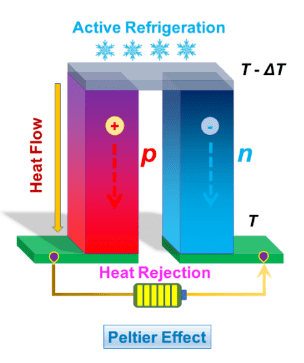
In semiconductor refrigeration technology, the direction of the current determines where the heat should be moved. Since PCR experiments need to be completed through repeated heating and cooling, as long as the direction of the current is reversed, cooling will immediately turn into heating, and heating and cooling can be switched freely. This is also one of the most critical reasons why PCR instruments use TEC temperature control.
2.TEC precision temperature control: the key to successful PCR experiments
PCR stands for polymerase chain reaction, a technique used to replicate DNA fragments. A typical PCR reaction will undergo 30-40 cycles of denaturation at 90-95 °C, annealing at 55-65°C , and extension at 70-75°C. The temperature accuracy and switching speed of each step directly determine the success or failure of the experiment. Traditional compressor refrigeration or water bath temperature control can hardly meet the requirements in terms of accuracy and speed, but semiconductor refrigeration technology has become the best choice for PCR instrument temperature control due to the following advantages.
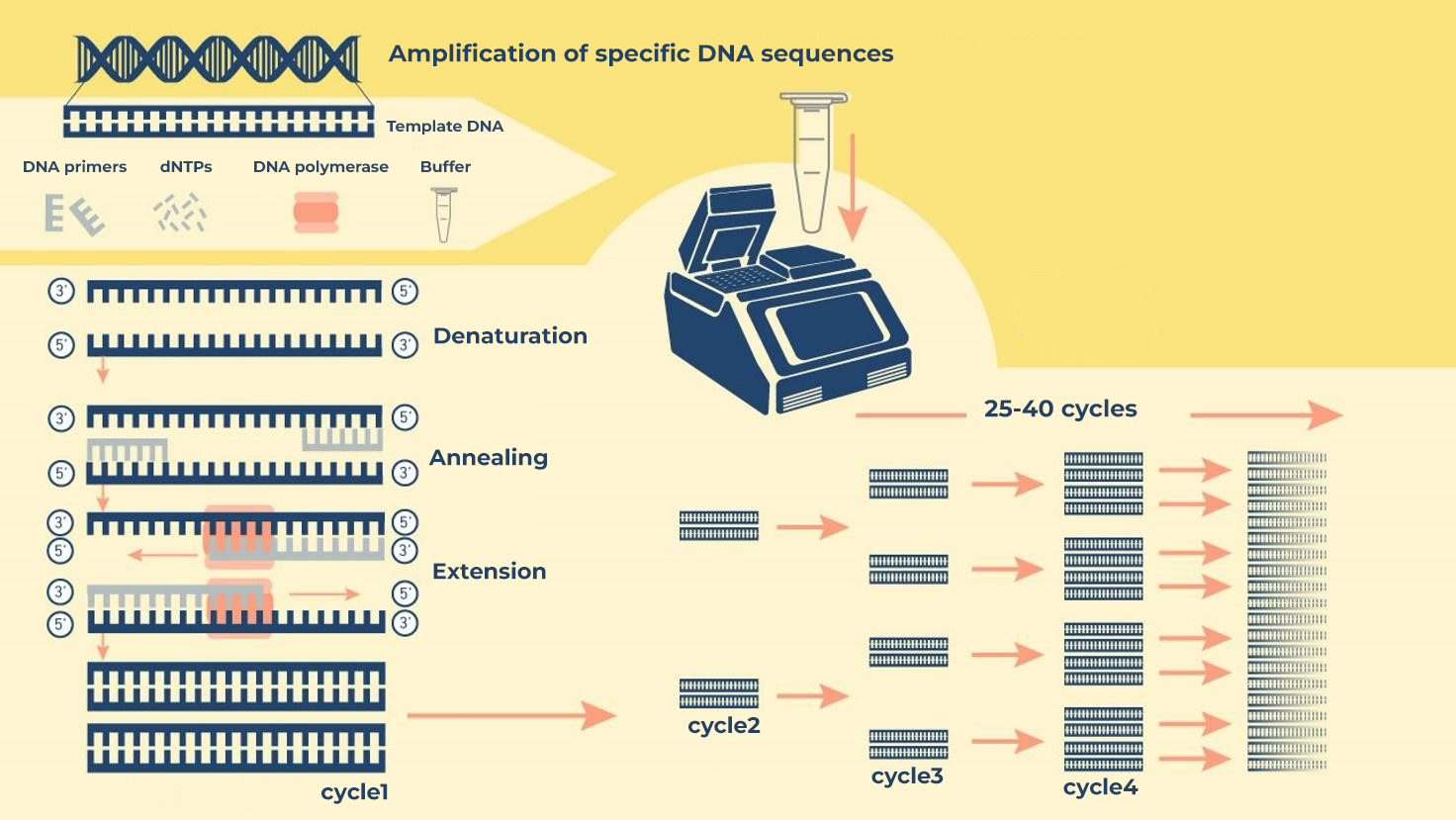
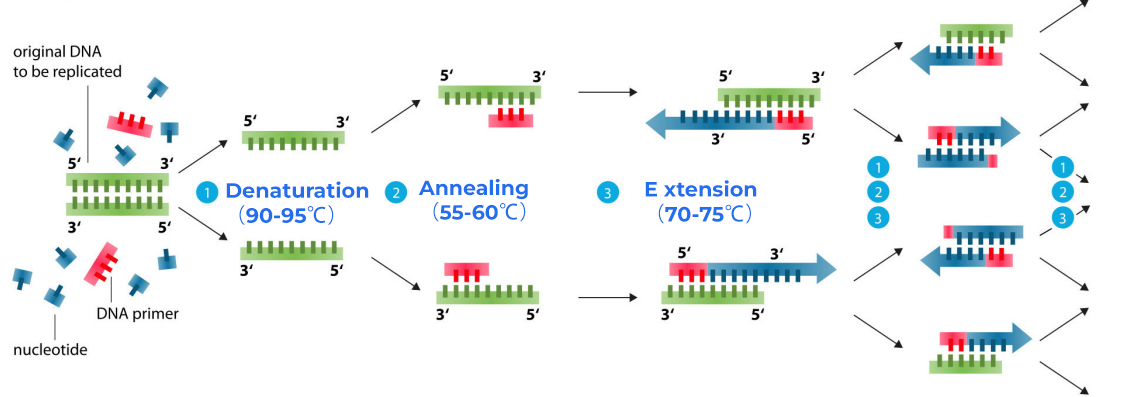
① Precise temperature control: accuracy ±0.1℃
During the PCR experiment, DNA polymerase is particularly sensitive to temperature changes. Especially in the annealing stage, a deviation of 2°C may cause amplification failure. The temperature control accuracy of semiconductor refrigeration technology can reach ±0.1°C, which fully meets the accuracy requirements of PCR experiments.
② Rapid cooling: 3-5℃ per second
The cooling speed of traditional compressors usually does not exceed 2℃/second, while the cooling speed of semiconductor refrigeration chips can reach 3-5℃/second. This means that after adding semiconductor refrigeration technology, the PCR experiment process that originally took 2 hours was shortened to half an hour, and the temperature control efficiency was greatly improved.
③ Partition control: 96 wells keep the temperature consistent
PCR instruments generally process 96 samples at a time, and the samples are placed in different small holes. However, due to the "edge effect" of traditional PCR instruments, the temperature of the small holes near the edge is lower than that of the small holes in the center, and the temperature difference can even reach 2°C, which will greatly affect the experimental results. For this reason, we have launched a new solution: using "TEC multi-module partition control" to keep the temperature of the 96 small holes consistent, thereby ensuring the accuracy of the experimental results.
3.Advantages and limitations of TEC technology
Application advantages:
① Zero mechanical vibration
Traditional compressor refrigeration relies on the compression and expansion of the refrigerant, which will produce slight vibrations, which may interfere with the stability of the reaction liquid in precision experiments. Semiconductor refrigerators are pure solid-state devices that rely solely on the movement of carriers to achieve refrigeration, fundamentally eliminating the impact of vibrations.
② No medium required, direct heat transfer
Air cooling can easily lead to uneven temperature distribution, and water cooling requires complex piping support. However, semiconductor coolers can directly adhere to the cooled object (such as PCR aluminum block) through a ceramic substrate, without the need for a medium, and heat transfer is more direct.
③ Accurate temperature control and quick response
The TEC system integrates high-precision sensors and intelligent control algorithms. When temperature deviation is detected, the system combines PWM drive technology to adjust the current and correct the temperature within milliseconds. This capability is particularly critical for PCR instruments that require rapid temperature cycling.
Application limitations:The energy efficiency (COP) of semiconductor refrigerators is usually 0.4-0.6 (lower than compressor refrigeration: 1.5-2.0), which is suitable for medical and scientific research fields where strict temperature accuracy is required but high refrigeration efficiency is not required.
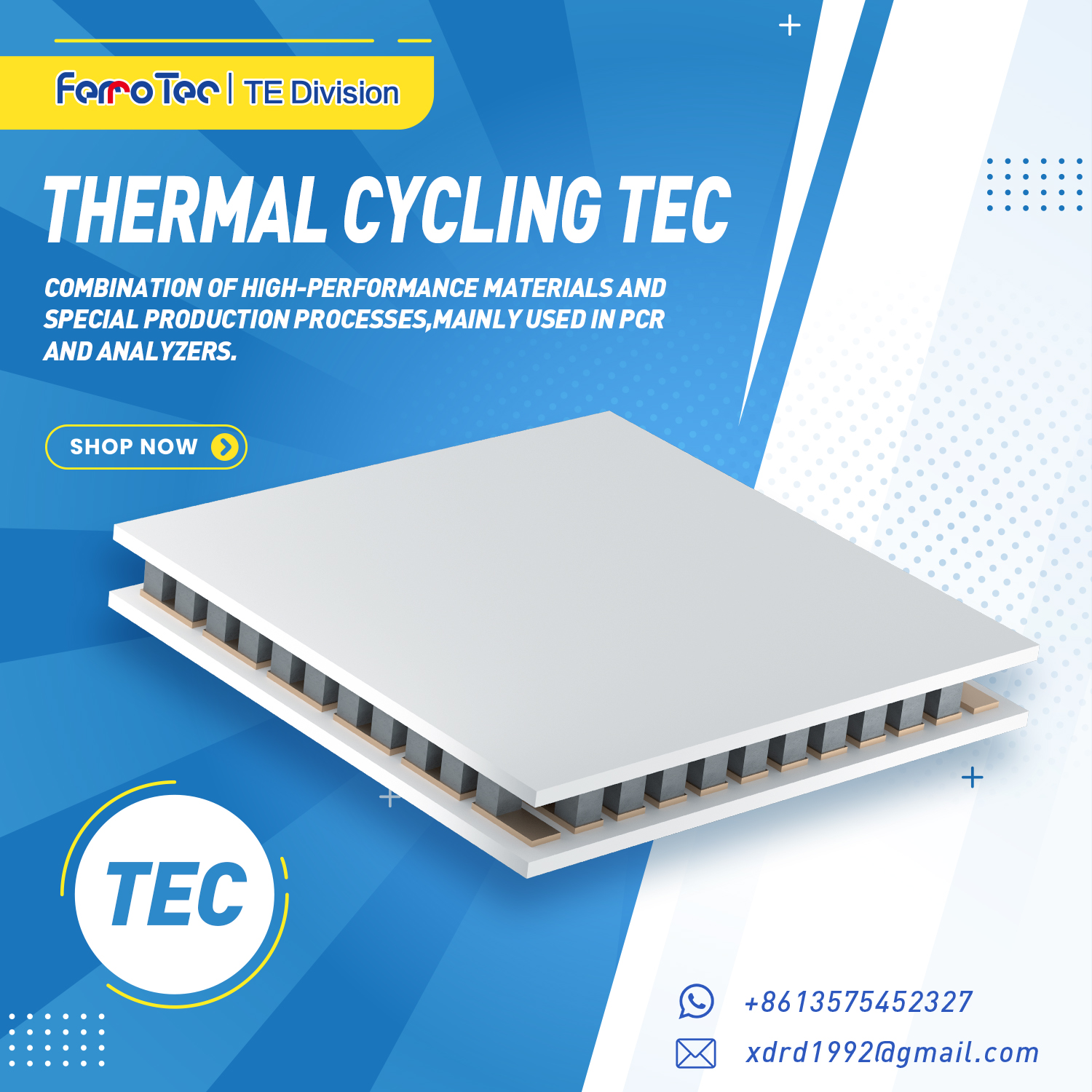
Lead Thermoelectric Long Life TEC (PCR only):
Our long-life substrates are mainly used in PCR instruments and various analytical equipment. They are made of high-performance materials and special processes, providing longer life and higher cooling efficiency during thermal cycling.
With advantages such as precise temperature control and low noise, semiconductor coolers (TECs) have become key components of medical equipment such as PCR instruments. With the continuous advancement of technology, they will play an important role in more medical scenarios such as portable diagnosis, biological sample preservation, and smart drug delivery, providing reliable temperature control support for the development of smart medicine.



